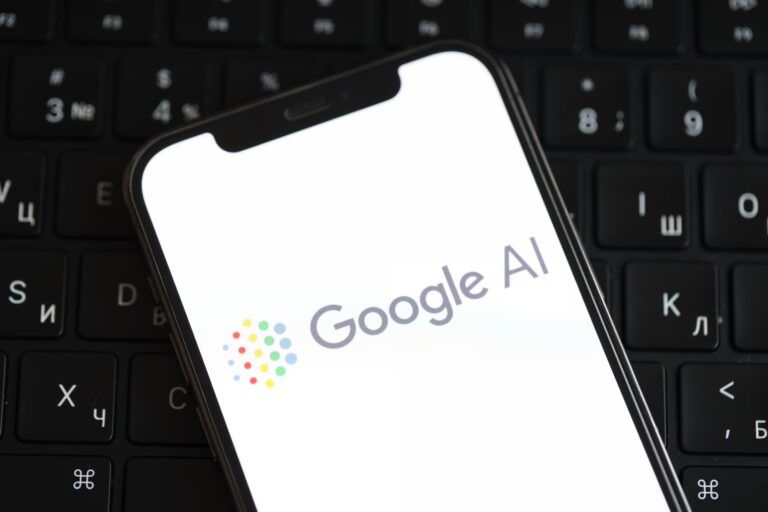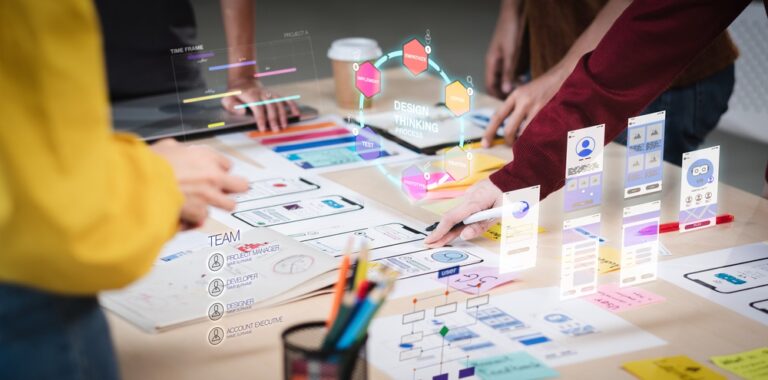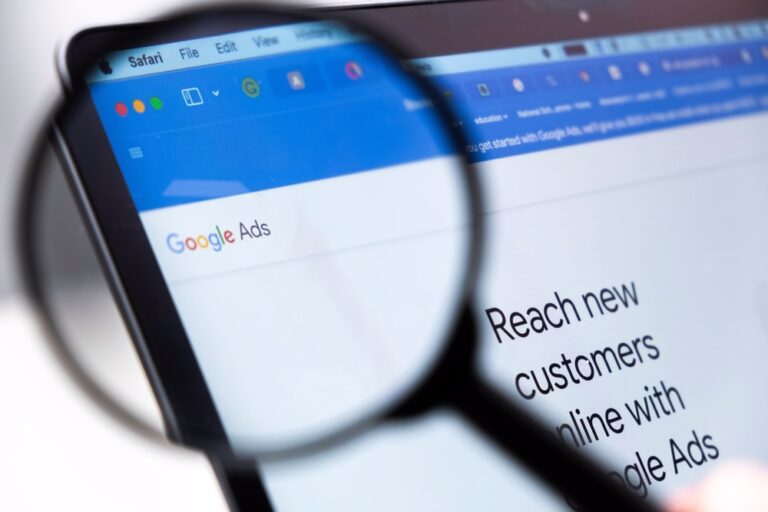Ecommerce is always changing, and there’s no doubt 2016 is bringing a whole host of new trends in web design and digital marketing.
Forrester claims that by 2016, consumers will spend $327 billion per year on online shopping – so it’s essential to stay on top of the latest ecommerce trends in the web design and digital marketing worlds.
So what can we expect 2016 to bring for ecommerce, and how will web design and digital marketing evolve over the course of the next year?
The rise and rise of Mobile Devices
The past few years have been dubbed the “years of mobile”, with more and more people shopping on mobile and tablet devices. By 2016 however, a mobile ecommerce store is no longer a “nice-to-have” feature, but a necessity.
Mobile shopping is reportedly growing at almost four times the rate of overall online spending: from 2013-2016 the UK average compound annual growth rate for mobile spend is projected at 36% vs 10% for overall online spend.
2016 is simply the last chance ecommerce stores will have to convert to supporting mobile devices, or risk losing customers and facing obsolescence.
Tablets are taking over the laptop as the main computing device in the home, and this means websites need to be optimised. Think of the high resolution and touch controls an iPad offers. Can an old website for low-resolution monitors with small buttons and links really work well on an iPad?
If you don’t know how many people are accessing your site on mobiles, have a look on the devices section in Google Analytics. It could surprise you just how many people are browsing your store from their phone.

Flash Sales
Year on year, flash sales are becoming more widespread. The public has come to expect brands to have flash sales on special occasions, and it’s become an expectation for some ecommerce stores such as Amazon.
Whilst the success of flash sales can’t certain, there’s no doubt that flash sales will become more prevalent, and more happy shoppers will enjoy snapping up bargains in small timeframes.
The public expects deep discounts, but it’s important to remember not to damage your brand if you cannot handle flash sales. If there’s a limited stock, then it’s often best to not disappoint customers. All the same, it does keep a buzz around your brand, and keeps shoppers visiting your site to check if there are any bargains to be had.
Flash sales can run from anything between a few hours to a few days. Some even take place in a window of 30 minutes. Now more customers shop on mobile, they have easier and faster access to ecommerce stores, and are more willing to make purchases from a phone.
Omnichannel Shopping
Customers shop across multiple devices
Almost 4 in 10 households have purchased a tablet in the last year – which averages 7.4 internet devices owned.
Considering that the smart watch and other wearable tech is building traction, this complicates matters even further. Where can people shop, and where will they be willing to shop?
Below, you can see Amazon has already developed a way for users to shop via their watch. We are living in the future.
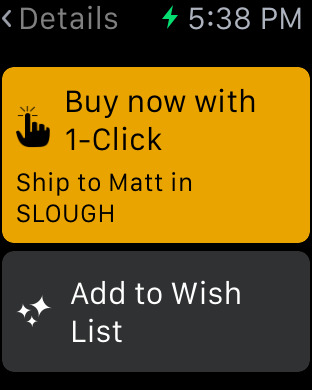
Phones are becoming more like phablets – phone and tablet hybrids. With phones often reaching and even exceeding the 6-inch screen size, they’re very close to the 7-inch tablet territory. Whilst this may be half the reason more people are willing to browse and shop from their phone, it also means the public use the devices for more purposes, and in more places.
That isn’t to say shoppers aren’t using all devices available to them. It’s difficult to track a customer on their buying journey when this occurs.
For instance, assume someone comes across your brand through an online ad whilst on their desktop PC at work. Then they decide to Google your brand on the commute home from their mobile home. Once they get home, perhaps they’ll power up their Android tablet or iPad and have a further look at what you have to offer. Subsequently, they decide to convert on their laptop later on that evening, by purchasing a few items.
This is the reality we live in, and it means ecommerce stores have to be versatile, and digital marketers must be at the top of their game. 75% of shoppers research products both online and in-store before making a purchase.
Mobile shoppers spend 66% more than those who only buy in-store. Even if consumers are converting on their desktop computers, many of these will still be using mobile devices to browse and make their decisions. This is not something to underestimate.

Millennial Spending Power
Millennials are now beginning to become a major factor for ecommerce stores. Millennials have spending power, and have grown up happily using the internet, and ordering.
Now millennials are of working age and have money to spend, they’re spending it online. Many websites have made the most of this, so it’s worth thinking about if any of your products of services cater to millennials.
This should inform how your website works, whether it’s mobile optimised for all those tech-savvy millennials, and where you market your services or products. Social media is going to be key here.
41% of millennials have made a purchase using a smartphone, and 63% stay updated on brands using social media. Not only that, but 89% prefer store with advanced mobile capabilities.
Ecommerce Convenience
We are now entering the “age of zero friction” – meaning online shoppers want and expect zero resistance when attempting to make a purchase online.
This includes everything from the user experience, through to payment. An ideal ecommerce store remains easy to use and browse for the customer, with a checkout system that is as fast and uses as few clicks as possible.
Here at Xanthos we often build ecommerce stores with a one-click checkout function, in order to reduce the amount of friction for customers when they make a purchase.
Whilst the public at large is looking for convenience, and will pay a little extra for it, the rising millennial audience opt for value instead. Millennials will often be happy to save some money even if it is detrimental to their convenience – whether it’s through a lower price tag, free shipping, or other offers.
Bid on basket
A new form of ecommerce has come about, aptly named “bid on basket”.
This concept revolves around an ecommerce retailer offering products, or allowing customers to enter in products they desire, and then suppliers of these products bid on a potential customer’s basket.
Cross-border Chinese Ecommerce
Thanks to China recently relaxing its regulations on allowing foreign companies to operate ecommerce businesses in the country, tapping into the Chinese market is going to rapidly grow in popularity through 2016.
Last year, China surpassed even the US in total ecommerce sales. As China is a new super-power with huge economic growth and mobile penetration, it’s an exciting time to get involved and start selling products into China.
Cross-border ecommerce is sure to grow – which means web designs will need to change to cater for languages and Chinese preferences. Think about the styling, the layout, and features. Chinese ecommerce websites look very different. Aside from this, it also affects your marketing, and where you want your business to be found.
Beacons
Beacons are set to take over the retail space soon enough; providing sellers with micro-location data on their customers.
So how does this work with ecommerce? Well it can be used in conjunction with retail efforts in order to bring contextual marketing in-store and even from passers-by.
Beacons can:
- Trigger applications on smartphone to pinpoint location
- Deliver personalised offers or content
- Provide contextual content, information, or offers
- Micro-location analytics and reports

For more information, read our blog post below:
What iBeacon means for Digital Marketing and Ecommerce in the Future
Sell results, not features
People aren’t interested in what the product or service you offer actually is, but what it can achieve for them. Marketing copy and other materials should sell the results of what you offer, not the features.
This will mean more and more stores will focus on what their products can actually do for the customer.
Reconsider:
- Why the customer should buy your product
- Quiz or test to determine what the customer needs
- Group items together for superior results
Alongside this, digital marketing will also begin to focus more on awareness, instead of going for the hard sell. Online shoppers are becoming more savvy, and so it’s more about simply making customers aware of why they should choose your brand over competitors.
Advanced On-Site Search
On-site search is an important feature of any ecommerce store, and now they’re beginning to get more advanced.
An advanced on-site search can help customers find desired product, and helps them convert.
In 2016, expect on-site search features to include:
- Rich content
- Auto-complete
- Refinement filters
- Categorisation
- Misspellings and error tolerance
- Synonyms
Here at Xanthos, we have built an advanced on-site search that offers error tolerance and an instant product display feature for an efficient conversion process.
Infinite scroll
Another web design feature that’s gaining traction is infinite scroll.
Whereas traditionally, you would hit the “Page 2” button to see the next set of results in a category or search results page, infinite scroll allows you to carry on scrolling indefinitely, until you find the desired product.
The speed of the site can be maintained by utilising “lazy loading”, which is used in web design to defer the initialisation of objects until they are needed to be displayed. This keeps site speed up, which helps with SEO and user-friendliness.
Personalisation in Marketing
Personalisation is set to take a hold of ecommerce, and so digital marketing will become much more personal, with ecommerce web design allowing this functionality.
We are entering the “internet of me”, with more shoppers on the look-out for products or services tailored to them. Why purchase something generic when they can find something tailored specifically to their requirements?
This means that marketing and customer journeys should become more unique for each user on the site.
You have between 20-30 seconds to impress a visitor until they make a purchase decision, or leave your website forever, according to statistics from Netflix. If you offer personalised offers, products, or experiences, then you stand more chance of capturing the attention of a shopper.
Personalised abandoned baskets will be one ecommerce feature we will see more of in 2016, offering personalised incentives to return, and other options such as alternatives based on personal results.
Personalised email marketing is already making waves, and this is set to grow. Not only will emails be more personalised to each individual, but they are set to introduce new features based on real-time information. These include:
- Weather where you are
- Up-to-date calendar information
- Updated price as displayed on website
- Geolocation information to help with purchases
Imagine that you offered coats or wellingtons or another product related to weather. How valuable would offering the real-time weather reports in the area of a customer be in a marketing email? It could add a level of helpfulness and incentive for a customer to click through and see how you can help this problem.
In the same way, customisable products are going to grow in popularity. If a customer has the chance to customise a product, they have more reason to deal with you in particular. Plus, they become more attached to the customised product (even if it’s simply colours, sizes, or other filters) and will be more likely to go ahead with the final purchase. Additionally, few people will want to personalise their product for a second time.
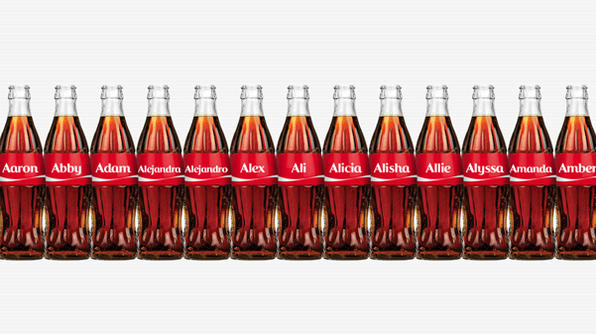
Aside from personalisation in general, exclusive and personalised deals can help build loyalty to your brand. Whether it’s through newsletters, promotions, or deals on social media for followers – it all helps build a personal experience for customers.
For more information, see our blog post below:
Personalised Digital Marketing: Predictions and Potential
Ecommerce is still growing, and 2016 is set to be another great year for ecommerce stores. But staying ahead of the ecommerce trends in both digital marketing and web design fields is essential to outperforming your competitors.
If you’re looking to redesign or market your website, get in touch with the team here at Xanthos, who have over 13 years of experience with helping both B2B and B2C customers succeed online.



